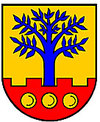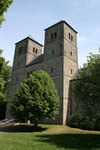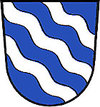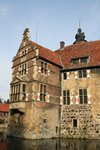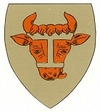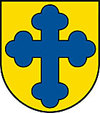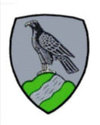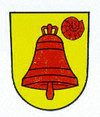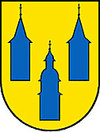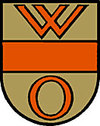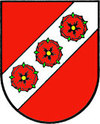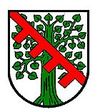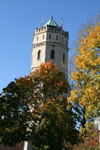Westerwinkel Palace
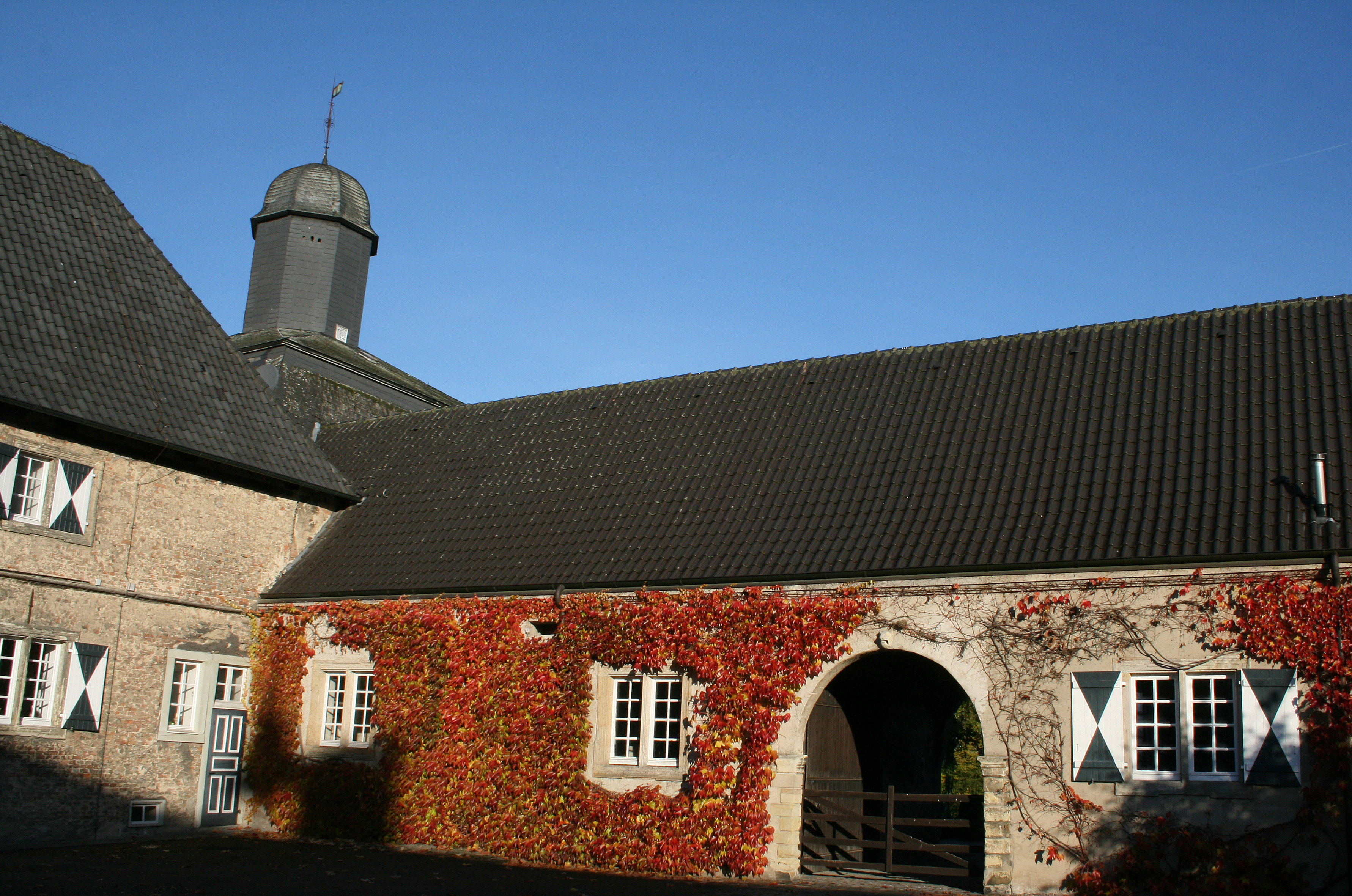
The existence of a castle facility in Westerwinkel is documented in the year 1225. There must have been a formidable moated facility, protected by a double moat-system with ramparts, which were - for the time of the Thirty Year War documented – so high that they obscured the lower windows nearly completely. But a fortification had to existed here earlier. For example, it is documented, that Earl Arnold von Altena-Isenberg, who was allowed to carry the title Earl von Hövel, was in possession of a fortification in the area of Westerwinkel around 1190. Until the year 1000, Westerwinkel belonged to the shire Werl and went then, depending which theory, one likes to follow, (see article earls von Hövel), either to the earls von Arnsberg or directly to the earls von Hövel. After the estate settlement (of Werl resp. Arnsberg) Westerwinkel became either around 1003 or after 1124, integral part of the shire Hövel. Situated at the northwest edge of the Werl resp. Hövel shire, Westerwinkel was together with Stockum a lonely outpost at the edge of Münster's field of interest.
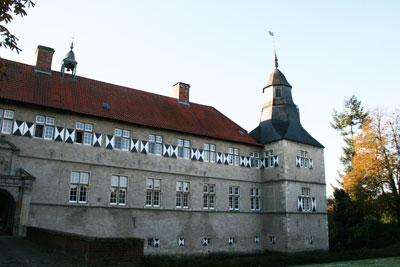
The basic structure of the original castle facility has not been preserved and nobody can say what the original castle facility had looked like. At the times of Werl rule, the village Herbern, which belongs to Ascheberg today, existed then already in close proximity to Westerwinkel (Herbern is mentioned in the books of the monastery Werden at the river Ruhr, for the first time around 889). For its owners, the necessity might have been to protect this property at the northwest edge of the shire from possible invaders. Also, Herbern was located at the old trading route Münster - Dortmund - Cologne, the present B54, which ran through Herbern, emphasised the importance of the place.
In 1225, Friedrich von Isenberg murdered his uncle, the archbishop Engelbert I of Cologne. After the murderer's execution a violent feud erupted between his son Dietrich von Altena-Isenberg and the Earl Adolf I von der Mark, who monopolised the Isenberg estates, the so-called Isenberger Wirren. Dietrich von Isenberg kept Westerwinkel, Heessen and the castle Limburg an der Lenne after this feud. He called himself from then on Earl of Limburg.
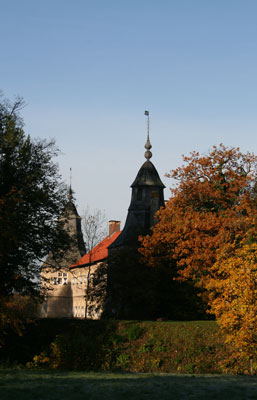
In 1225, Friedrich von Isenberg murdered his uncle, the archbishop Engelbert I of Cologne. After the murderer's execution a violent feud erupted between his son Dietrich von Altena-Isenberg and the Earl Adolf I von der Mark, who monopolised the Isenberg estates, the so-called Isenberger Wirren. Dietrich von Isenberg kept Westerwinkel, Heessen and the castle Limburg an der Lenne after this feud. He called himself from then on Earl of Limburg.
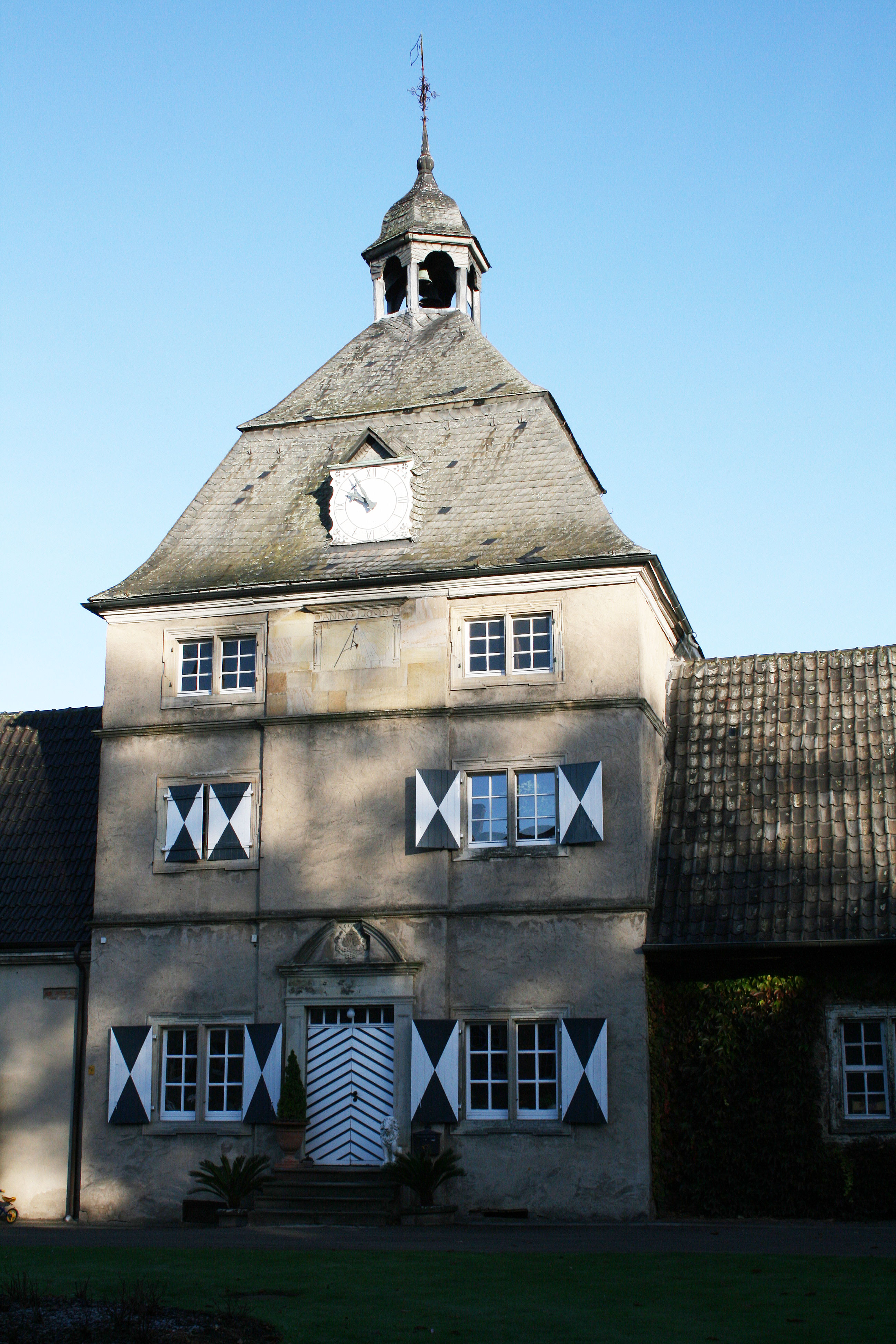
The castle changed owners several times. Until 1430, the master of Ascheberg were the owners of the castle. Around 1430, Hermann von Merveldt was then enfeoffed by the earls from Limburg with the estate Westerwinkel. The family von Merveldt belonged to the Westphalian ancient nobility. It stemmed from the Merfeld Castle, which is situated northwest of Dülmen, where the castle has been documented since 1251. The castle's new owner was Hermann von Merveldt (1399 – 1450), marshal of the prince-bishop of Münster and steward of the office Stromberg. When the family fell into financial difficulties, the estate went for a short time again to the family von Ascheberg. But Hermann's nephew bought it back again in the year 1498. In 1515 the family Westerwinkel had to sell again. And so the estate went to the Raesfeld zu Ostendorf, and then via the earls of Limburg to the Diepenbrock zu Lake (1523). When Dirk von Merveldt played an important role during the conquest of Münster from the hands of the Anabaptists and then took the Anabaptist king Jan van Leyden prisoner himself, the Merveldt's finances looked up – the loot was immense. With their help, Dirk von Merveldt constructed a Renaissance masterwork in Wolbeck – the Drostenhof. In the year 1555, he married the heiress daughter from the family von Diepenbrock, Ursula von Diepenbrock zu Westerwinkel. This way, the Merveldt's got the estate Westerwinkel back through the distribution of the estate in 1567, and it still belongs to them today.

 Deutsch
Deutsch Nederlands
Nederlands Dansk
Dansk Österreichisch
Österreichisch Po Polsku
Po Polsku Italiano
Italiano Francaise
Francaise Portugiesisch
Portugiesisch



